What Tools Do I Need... For My E-Bike?
It’s an increasingly common question – what specific tools do you need for regular maintenance of your e-bike? Read on for more information.
The Good News
The good news about e-bike maintenance is that 90% of your e-bike is… a bike! Although some components may look different or feature a proprietary design, an e-bike features virtually all the same components found on a traditional bike, with a few additional parts to allow the electric motor to assist with forward movement. If you’re already familiar with the basics of maintaining your traditional bike, you’ll have a good idea of how to take care of your e-bike as well.
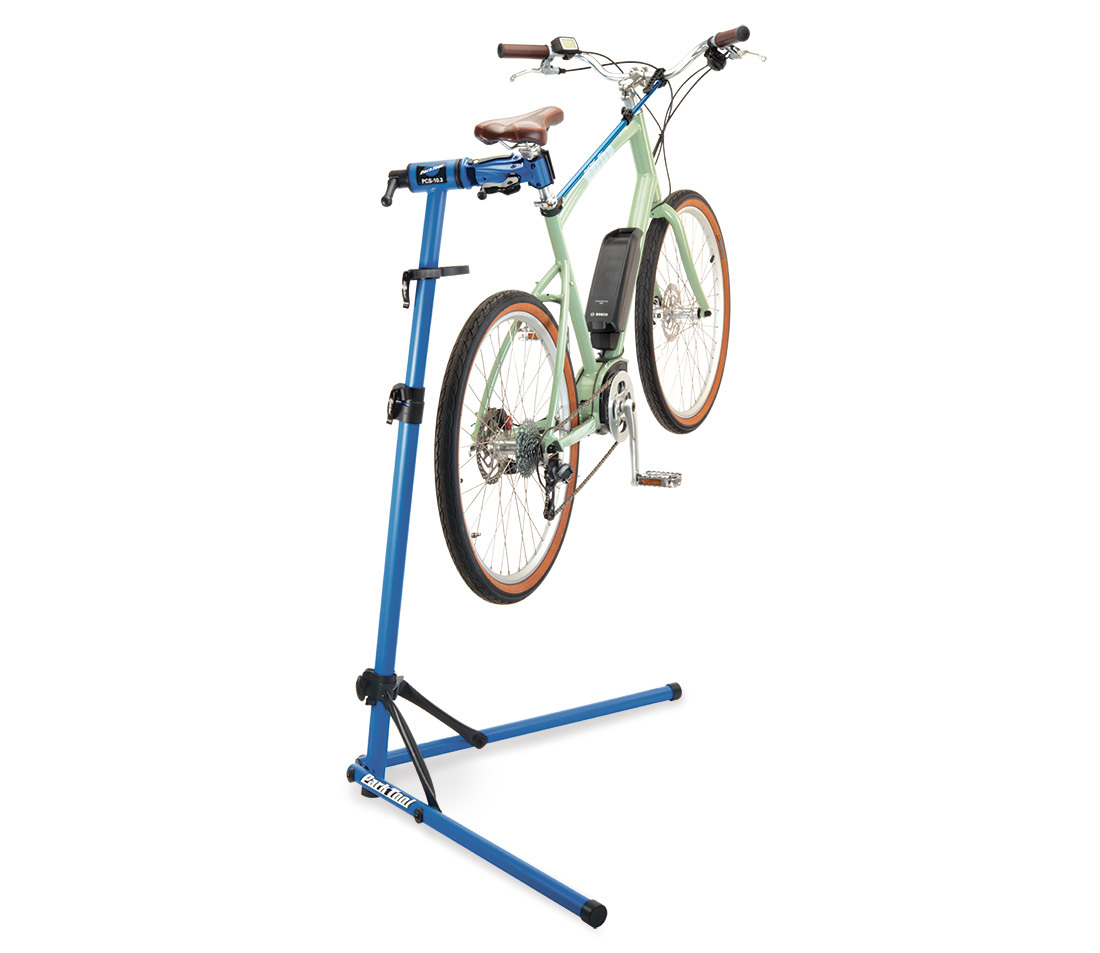
If you aren’t familiar with the basics of bike maintenance, that’s okay too. This article will walk though some basic considerations and tool recommendations for the e-bike user. If you don’t know some particular information about your bike – tubeless vs. inner tubes, for example – consult the literature that came with your bike or ask the person who sold it to you.
Basic Adjustments
Even if you don’t plan on doing regular tune-ups yourself, you will likely find yourself wanting to make adjustments to components such as the handlebars, seatpost, and saddle. These components will typically require use of a metric hex wrench. It is a good idea to have a bicycle-specific set of hex wrenches featuring the sizes typically found on a bicycle. A hex wrench set will also enable you to install bottle cages and other accessories, and do basic maintenance procedures such as replacing shifter cable.
You may also find star-driver fittings on your e-bike, sometimes referred to by the brand name Torx®. You can opt to acquire a few Torx®-compatible wrenches for the sizes found on your bicycle, or go with a complete set to cover yourself in the future.
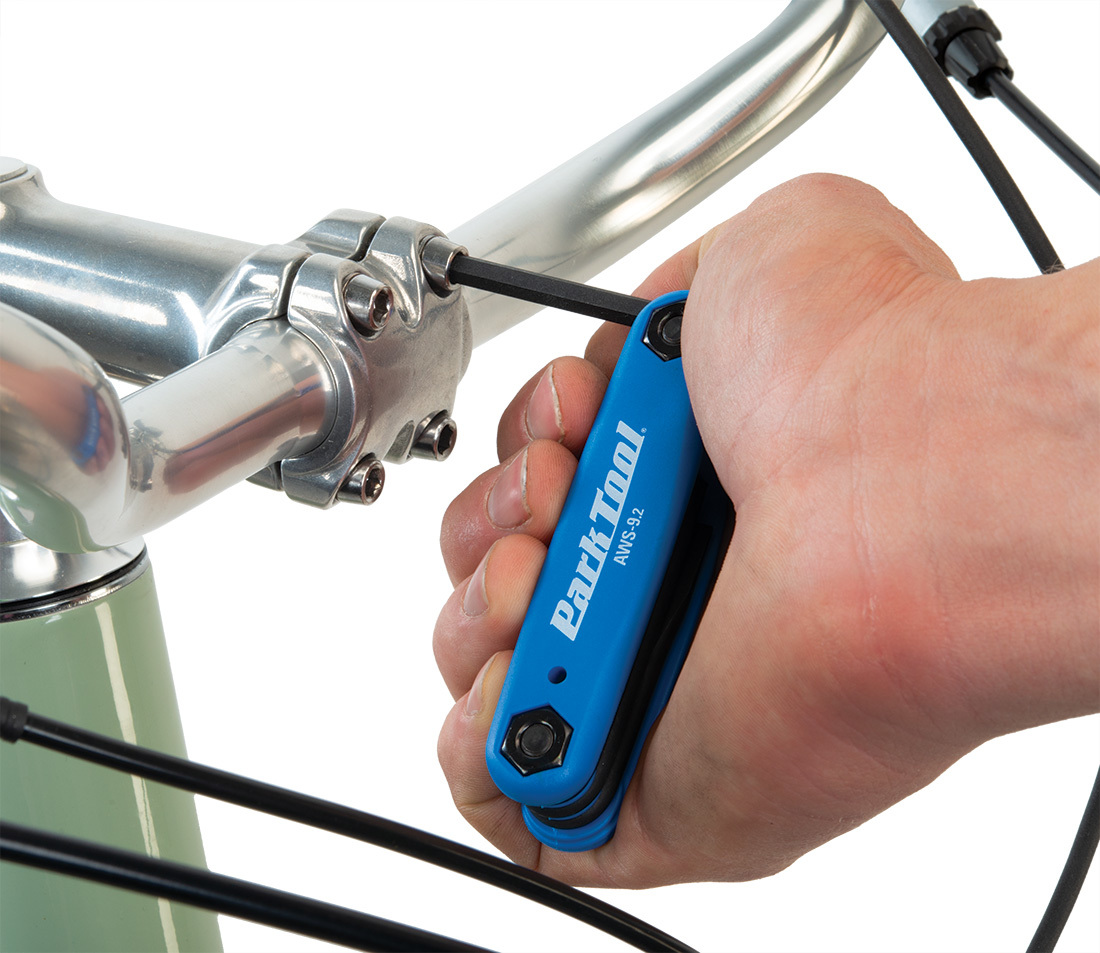
The AWS-9.2 — a folding hex wrench set
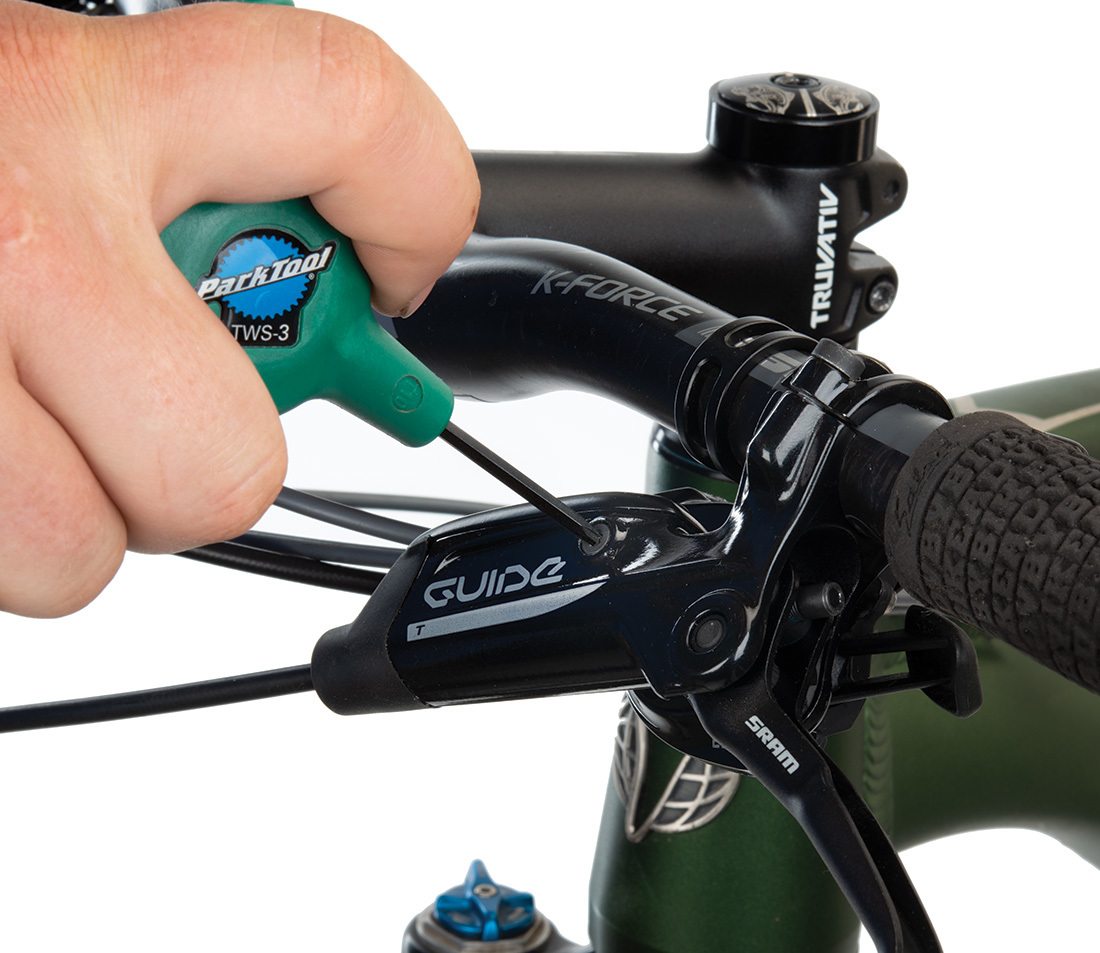
The TWS-3 — a three-way Torx®-compatible wrench
Wheel Removal & Flat Tire Repair
Wheel removal can be slightly more complicated on hub-drive e-bikes. If your bike features axle nuts, you will need a box-end metric wrench to loosen and tighten them. This is typically a 15 mm nut, but can also be 18mm or even 19 mm. Some axles use a hex fitting on the end for removal and installation. If your wheels use a lever for removal, no tool is typically required.
Flat tires on an e-bike are treated no differently than a traditional bike. You may want tire levers if you’re not fond of the idea of forcing the tire off the rim with your hands. If your bicycle uses inner tubes, you will need to keep either a patch kit or a spare tube – ideally, both – onhand if you want to minimize the interruption to your riding.
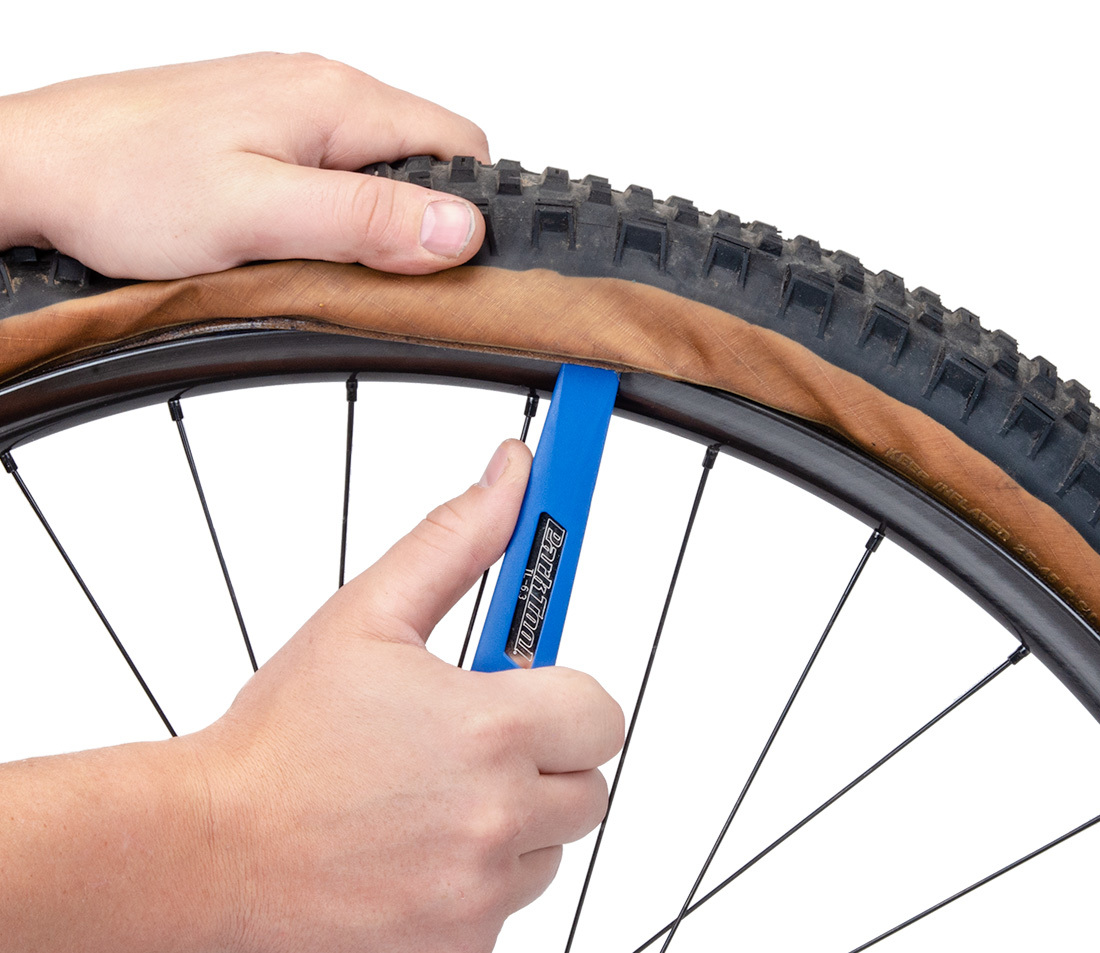
Tire levers like the TL-6.3 aid in removing the tire from the rim
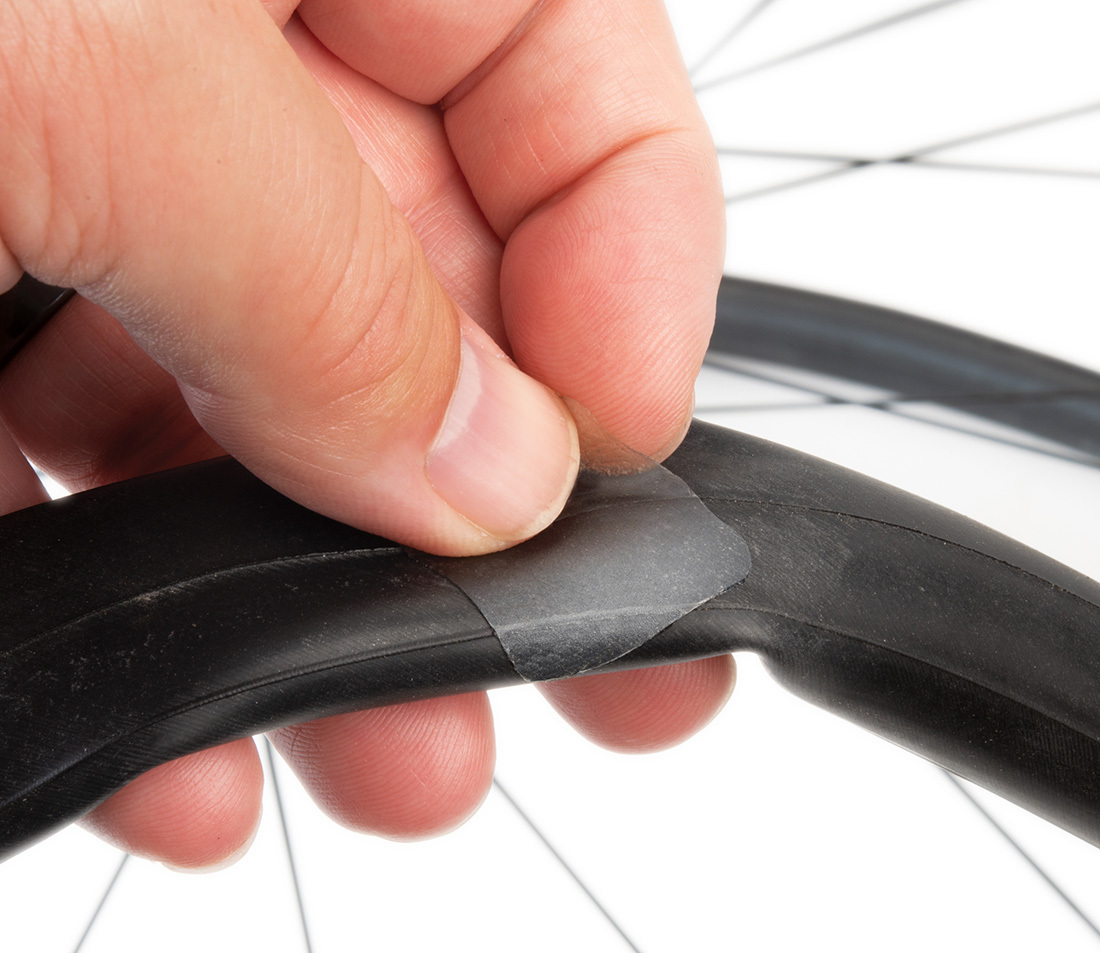
A stick-on patch like the GP-2 is a convenient option
If your bike has a tubeless setup, you’ll want a spare container of sealant, as well as a valve core remover and sealant injector for convenience’s sake. A tubeless plug tool can be used to repair minor punctures.
Cleaning and Lubrication
A clean bike is a happy bike. Always follow the drivetrain manufacturer’s guidelines regarding exposure of the system to water – otherwise, regularly wash your e-bike as you would any other bike.
Regular cleaning of your chain will prevent poor performance and excess wear to your drivetrain. For this reason, we recommend regular use of a dedicated chain cleaner and degreaser, followed by an application of chain lube. One special consideration is that on some mid-drive e-bikes, the chain does not move while backpedaling. For this reason, our CM-5.3 Chain Cleaner is reversible, allowing it to clean the chain while pedaling forwards.
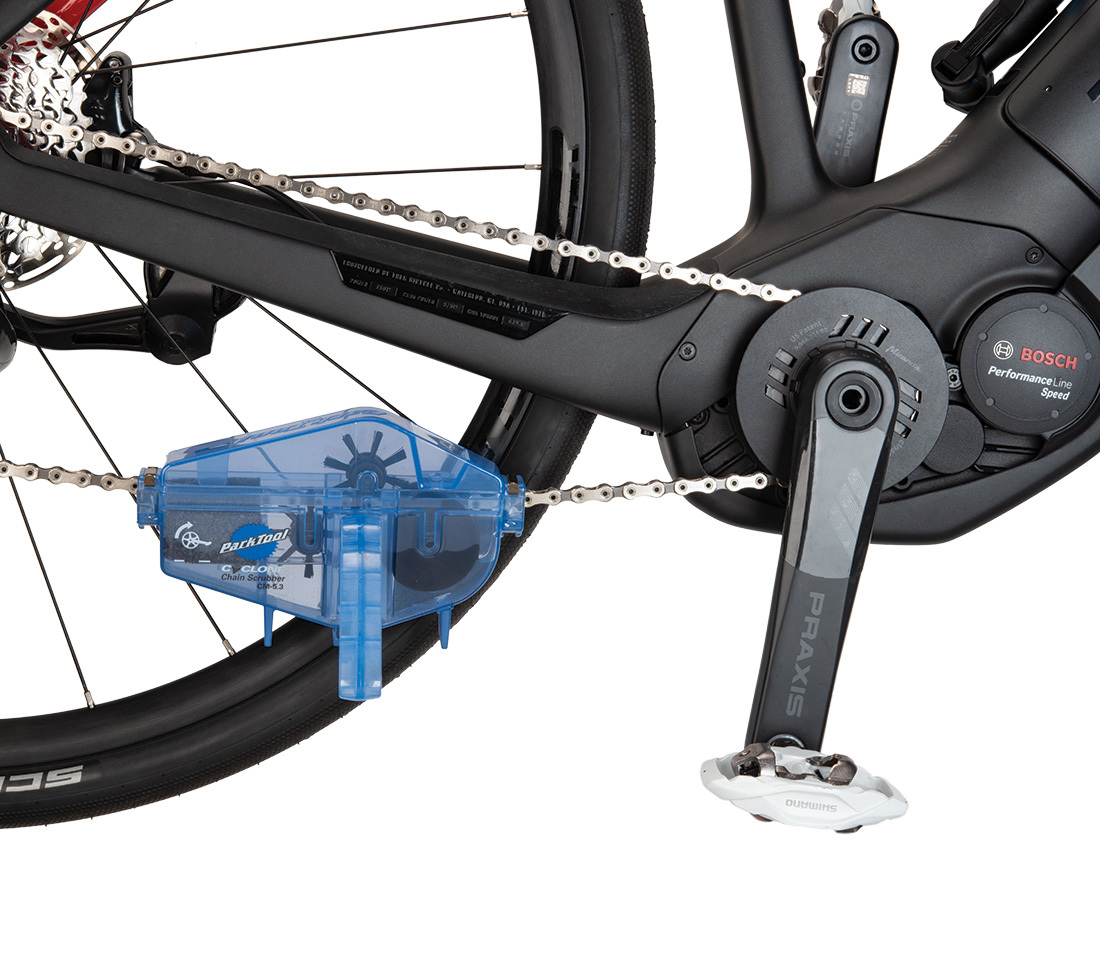
Brakes
In all likelihood, your e-bike has disc brakes. The tools needed for brake pad replacement vary from model to model – see our repair help article for more information. Disc brake rotors can also vary – see our article on that topic here.
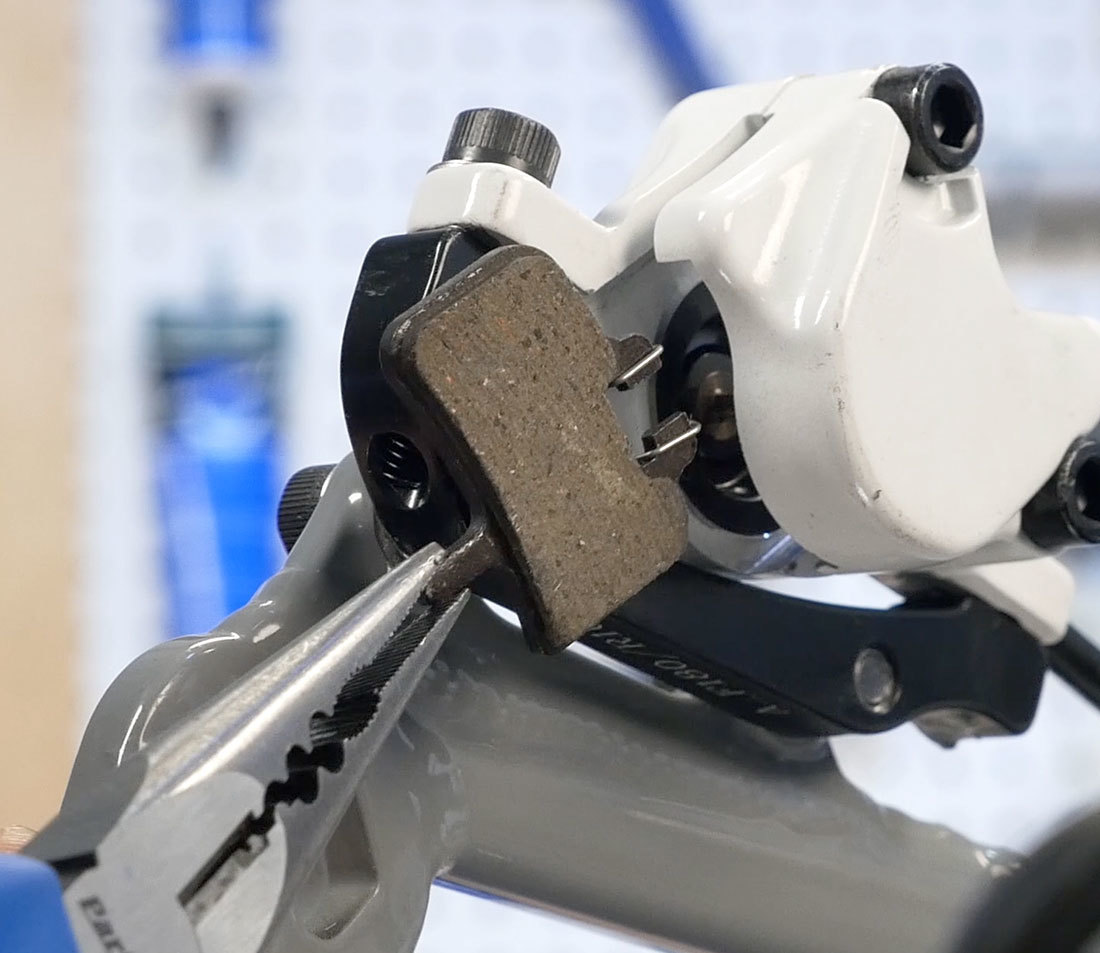
Drivetrain
The drivetrain is where you’ll see the most difference from a traditional bike. Front chainrings found on mid-drive e-bikes are often installed using unique lockrings. Tools to remove these lockrings can be found on our E-Bike Tools category page or our guide to Chainring Lockring Tool Selection.
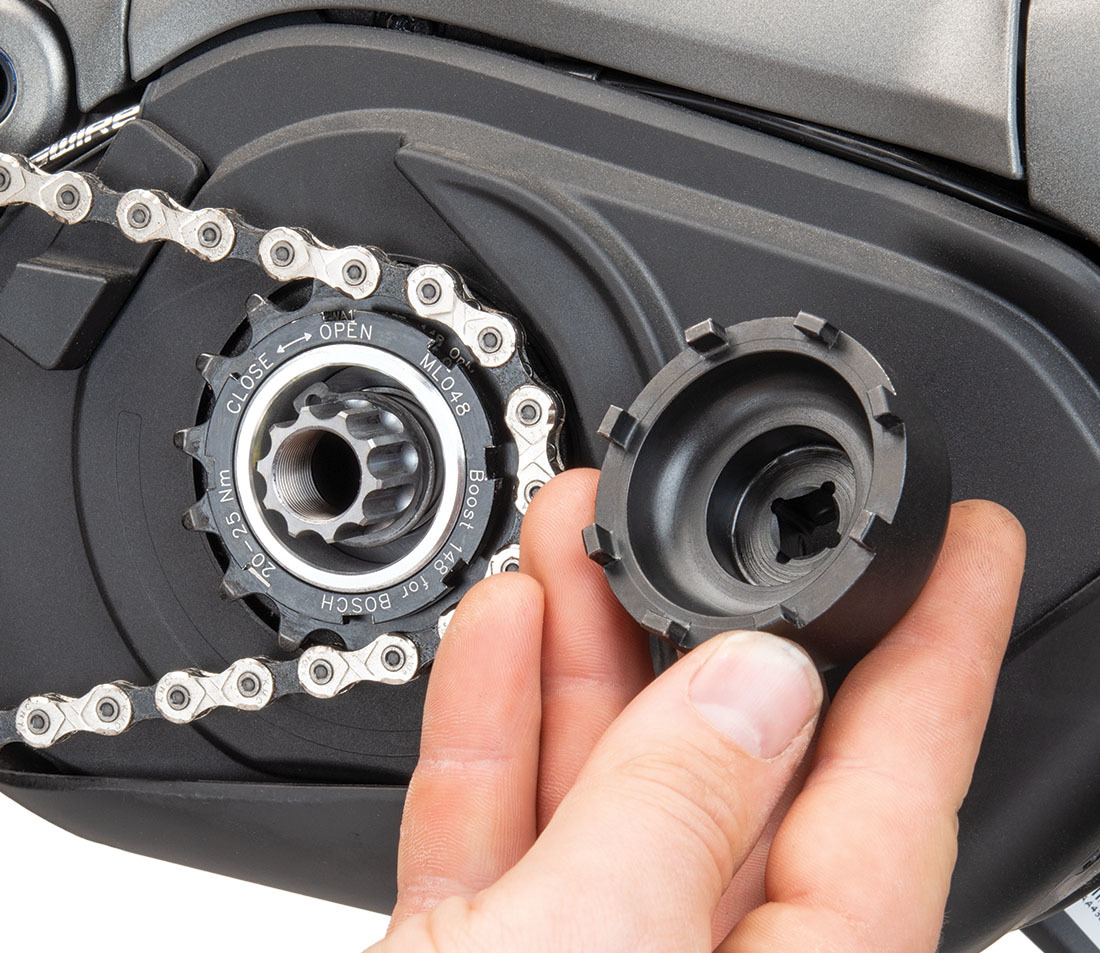
Freewheels on hub-drive e-bikes may require specialty freewheel removers with extra-large passthrough holes to clear the wiring coming out of the hub.
Servicing the internals of electronic components (such as the motor or battery) typically requires training from the manufacturer and is not recommended for home users. Always read the manufacturer’s literature and heed any warnings present.
Other Components
For the rest of the bike, we recommend walking through the list found on What Tools Do I Need? To learn how to work on your bike, our Repair Help Library and YouTube channel are great resources.